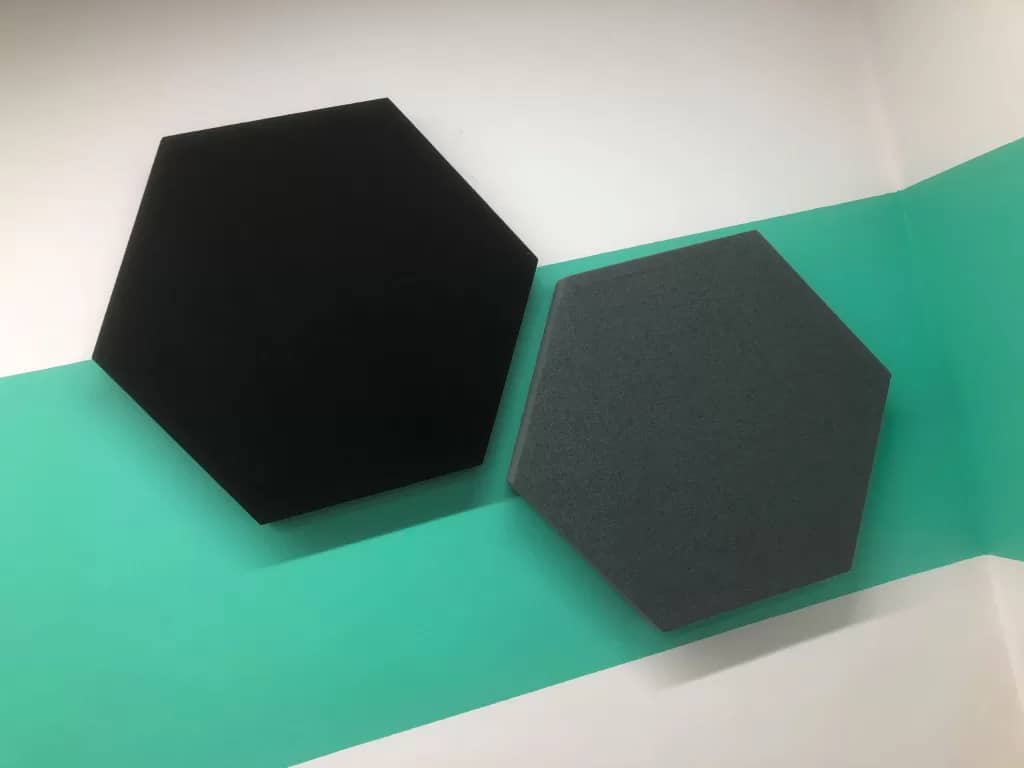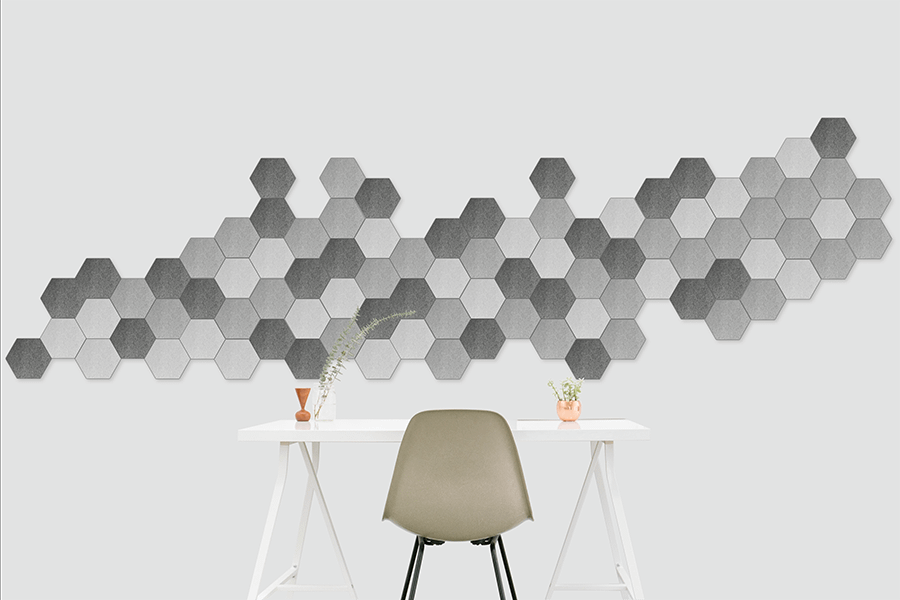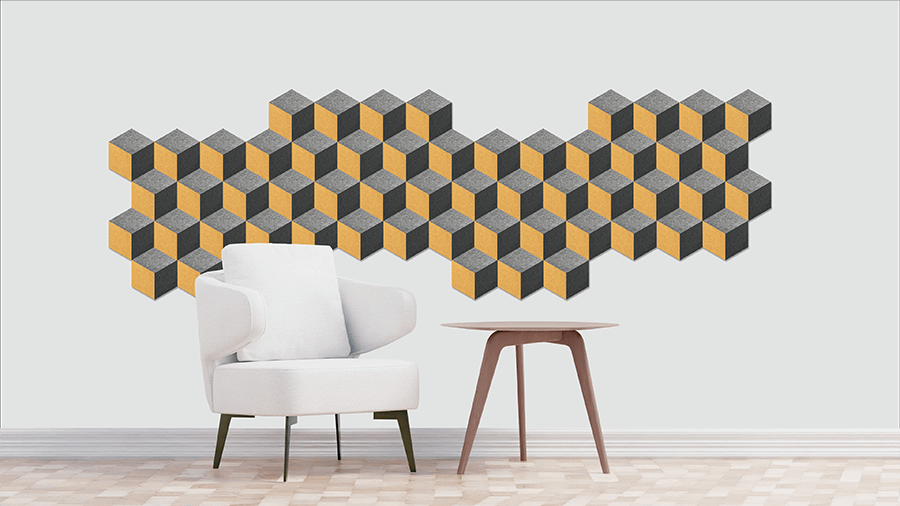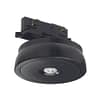Blog
Acoustic Wall Panels – A Comprehensive Guide
In the fast-paced world of commercial environments, the need for well-balanced and tranquil spaces is paramount. One highly effective solution for achieving this is the strategic integration of acoustic wall panels. Beyond their aesthetic appeal, these panels are indispensable tools for noise reduction and improved acoustics. This comprehensive guide is tailored to commercial applications, providing insights into the various aspects of acoustic wall panels, empowering you to make informed decisions for your office or commercial building.
Understanding the Purpose of Acoustic Wall Panels
Acoustic wall panels, commonly known as sound-absorbing panels, are meticulously designed to mitigate sound reflections within commercial spaces. Their primary function is enhancing acoustics by diminishing echoes, reverberation, and noise levels—essential features for fostering productivity and comfort in professional environments.
Exploring Types for Commercial Spaces
Fabric-Wrapped Panels: These panels contribute to a space’s visual appeal and effectively absorb mid to high-frequency sounds, making them well-suited for various commercial environments.

Felt Panels: Known for their lightweight and versatile nature, felt panels are ideal for controlling echoes and reverberation in diverse commercial settings. Their ease of use allows for straightforward installation and reconfiguration.

Wooden Panels: Striking a balance between functionality and natural aesthetics, wooden panels enhance the ambience of commercial spaces. The use of wood provides design flexibility, allowing for a variety of styles to complement different interiors.

The Business Benefits of Acoustic Wall Panels
Noise Reduction: These panels significantly absorb sound waves, contributing to a quieter and more focused working environment. Reduced noise levels enhance employee comfort, positively impacting overall productivity.
Enhanced Speech Intelligibility: Particularly beneficial in meeting rooms, conference spaces, and open-plan offices, acoustic wall panels contribute to clear communication by improving speech intelligibility.
Aesthetic Enhancement: Offering diverse designs, colours, and textures, these panels seamlessly integrate into the professional aesthetic of commercial interiors. Customisation options allow alignment with the branding and design elements of the commercial space.
Tailoring Acoustic Wall Panels for Commercial Needs
Consideration of Space: When selecting panel types and thickness, it’s essential to consider the size, purpose, and traffic flow of commercial spaces. High-traffic areas, such as lobbies and communal spaces, may require more robust panels for optimal noise control.
Alignment with Aesthetics: The choice of materials and designs should align with the professional aesthetics and functional requirements of commercial spaces, ensuring a harmonious integration.

Installing Acoustic Wall Panels in Commercial Settings
Professional vs. DIY Installation: Businesses should carefully evaluate whether a professional installation or a well-planned DIY approach is the right fit for their commercial project. Adhering to manufacturer guidelines is crucial for a seamless and successful installation.
Strategic Positioning: Panels should be strategically positioned to target high-reflective areas, such as conference room walls or open-plan workspaces. Experimenting with configurations helps achieve optimal sound absorption based on the specific needs of the commercial space.
In summary, acoustic wall panels offer a tailored and sophisticated solution for enhancing the acoustics of commercial spaces. Through a thorough understanding of their types, benefits, and installation considerations, businesses can transform their environments into more focused, productive, and aesthetically pleasing spaces, whether it involves upgrading meeting rooms, optimising open workspaces, or enhancing the overall ambience of a commercial setting.



